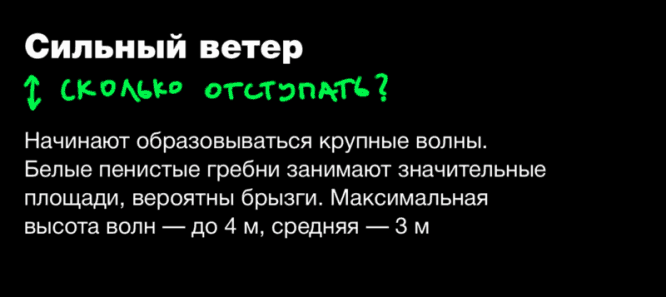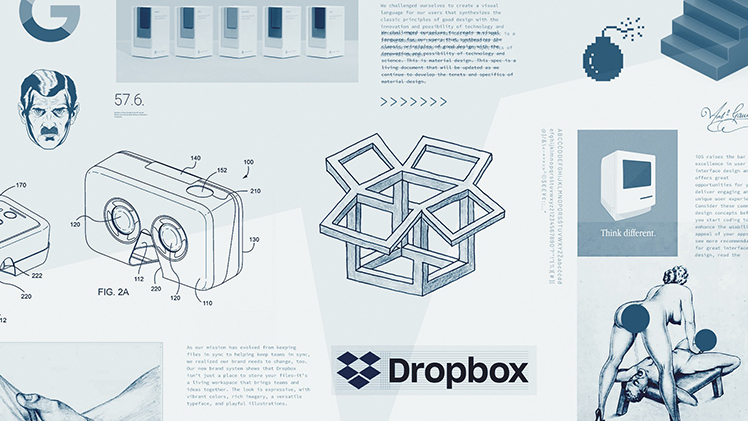Рекомендации по расчёту расстояния от заголовка до текста

Я давно никак не мог выяснить, какого именно нужно придерживаться расстояния от заголовка до текста, который идёт за ним. Если Вас также беспокоит этот вопрос, я поделюсь с Вами способом правильного решения данной задачи.
Ведь решение здесь на самом деле простое — нужно только поставить идущий под заголовком текст на интерлиньяж заголовка. Однако для этого необходимо сначала определить интерлиньяж.
Важное правило: интерлиньяж для текста нужно абсолютно всегда определять вручную. В случае, когда он не назначен вручную, сработает стандартный (то есть плохой) интерлиньяж.
Итак, следует поставить заголовок в 2 строки и настроить интерлиньяж, чтобы всё выглядело хорошо:

Затем на 2-ю строку ставится текст:

Заголовок восстанавливает своё нормальное состояние. Получается примерно следующее:

В некоторых случаях, правда, этот подход не срабатывает. К примеру, когда заголовок гораздо более крупный, чем основной текст, которого, к тому же, совсем немного.
Текст, находящийся ниже заголовка, ощутимо падает:

Для улучшения ситуации следует провести выравнивание подзаголовочного текста. Оно выполняется по верхней кромке заголовка:

После этого всё снова будет выглядеть хорошо:

Вывод:
У Вас может появиться вопрос о том, откуда я это узнал. А узнал я это из курса типографики, который проводит Игорь Штанг. Сам Игорь называет это минимальным отступом заголовка, однако, на мой лично взгляд — больше и не нужно.
По материалам: www.webdesguru.com




